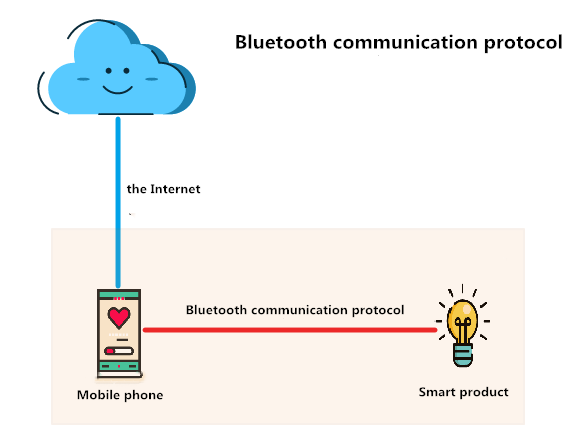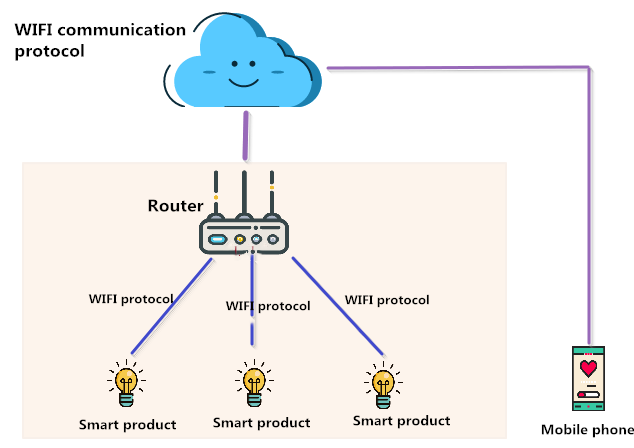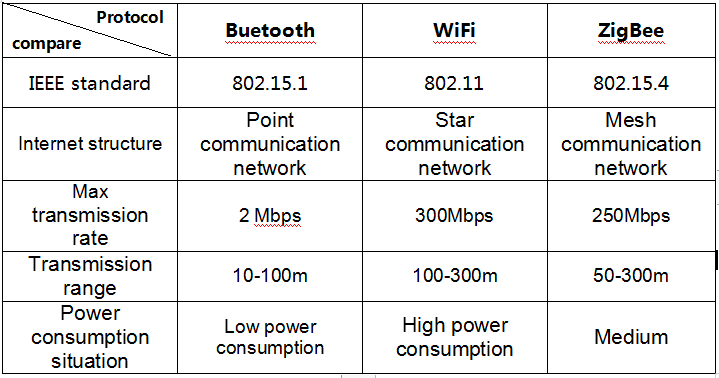For smart products to communicate or interact with each other, communication protocols are required. Currently, wireless communication protocols are used in smart home systems. This article will also compare to use Bluetooth, WiFi, and ZigBee three mainstream wireless communication protocols.
Bluetooth
Bluetooth is a short-range communication technology based on the 2.4GHz frequency band. It can exchange wireless information in smart devices such as mobile phones, Ipaid, and laptops. Devices that have no networking capability can be indirectly connected to the Internet through Bluetooth technology. Based on its low power consumption and the popularity of smart phones, Bluetooth is the first choice for smart home products, such as home door locks, curtains, lighting, and even smart switches.

In practical applications, the Bluetooth protocol can implement a device connection solution. The product is connected to the smartphone through the Bluetooth protocol, and then connected to the product through the Internet for remote viewing and controling.
WIFI
WIFI is also the first choice for many smart products based on its widespread popularity and transmission rate. WIFI is a star-shaped network structure, which usually centers on one device and radiates to other device nodes.

In practical applications, WIFI can realize a certain scale device connection scheme. The product is connected to the router through WIFI, and then connected to the product through the Internet. Users can also view and control remotely.
Zigbee
Zigbee is a short-range, low-cost, two-way wireless communication technology. It is mainly used for data transmission between various electronic devices with short distances and low transmission rates, as well as typical applications with periodic data, intermittent data and low response time data transmission

The following is a data analysis of three smart home wireless communication protocols.

As you can see from the table, each protocol has advantages in specific situations.
In summary, different protocols, like languages with very different styles, collectively enrich the interconnection technology of smart devices. When selecting, you need to choose the corresponding communication protocol according to different product requirements in order to give full play to its technical characteristics and achieve product performance improvement.

